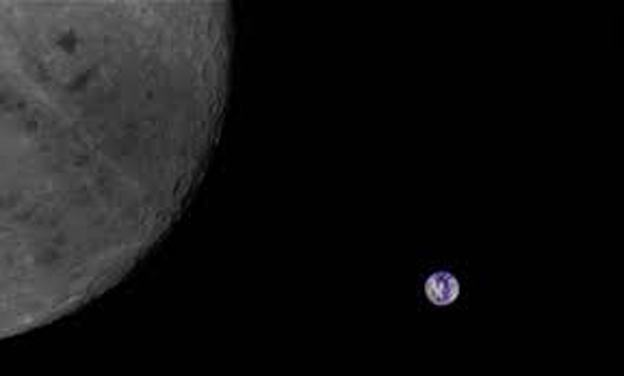China’s micro lunar orbiter Longjiang-2 has crashed into the Moon under ground control after it completed its mission, according to the Lunar Exploration and Space Program Center of the China National Space Administration. The micro satellite crashed into a predetermined area on the far side of the Moon at 10:20 p.m. on July 31 (Beijing Time), the center said on Friday.
Weighing 47 kg, Longjiang-2 was sent into space on May 21, 2018, together with the Chang’e-4 lunar probe’s relay satellite “Queqiao,” and entered the lunar orbit four days later. It operated in orbit for 437 days, exceeding its one-year designed lifespan.
The development of the micro lunar orbiter explores a new low-cost mode of deep space exploration, said the center.
The micro satellite carried an ultra-long-wave detector, developed by the National Space Science Center of the Chinese Academy of Sciences, aiming to conduct radio astronomical observation and study solar radiation.
As a part of the international cooperation behind China’s Chang’e-4 mission, Longjiang-2 also carried an optical camera developed by the King Abdulaziz City for Science and Technology of Saudi Arabia. The camera has captured 30 high-definition images of the Moon.
The Lunar Exploration and Space Program Center said it was an important space cooperation achievement for countries participating in the Belt and Road Initiative, and also ushered in more space cooperation between China and Saudi Arabia.
The program also pushed forward non-governmental cooperation between the satellite’s developers from the Harbin Institute of Technology in northeast China’s Heilongjiang Province and research teams in countries such as Japan, Germany and the Netherlands.




